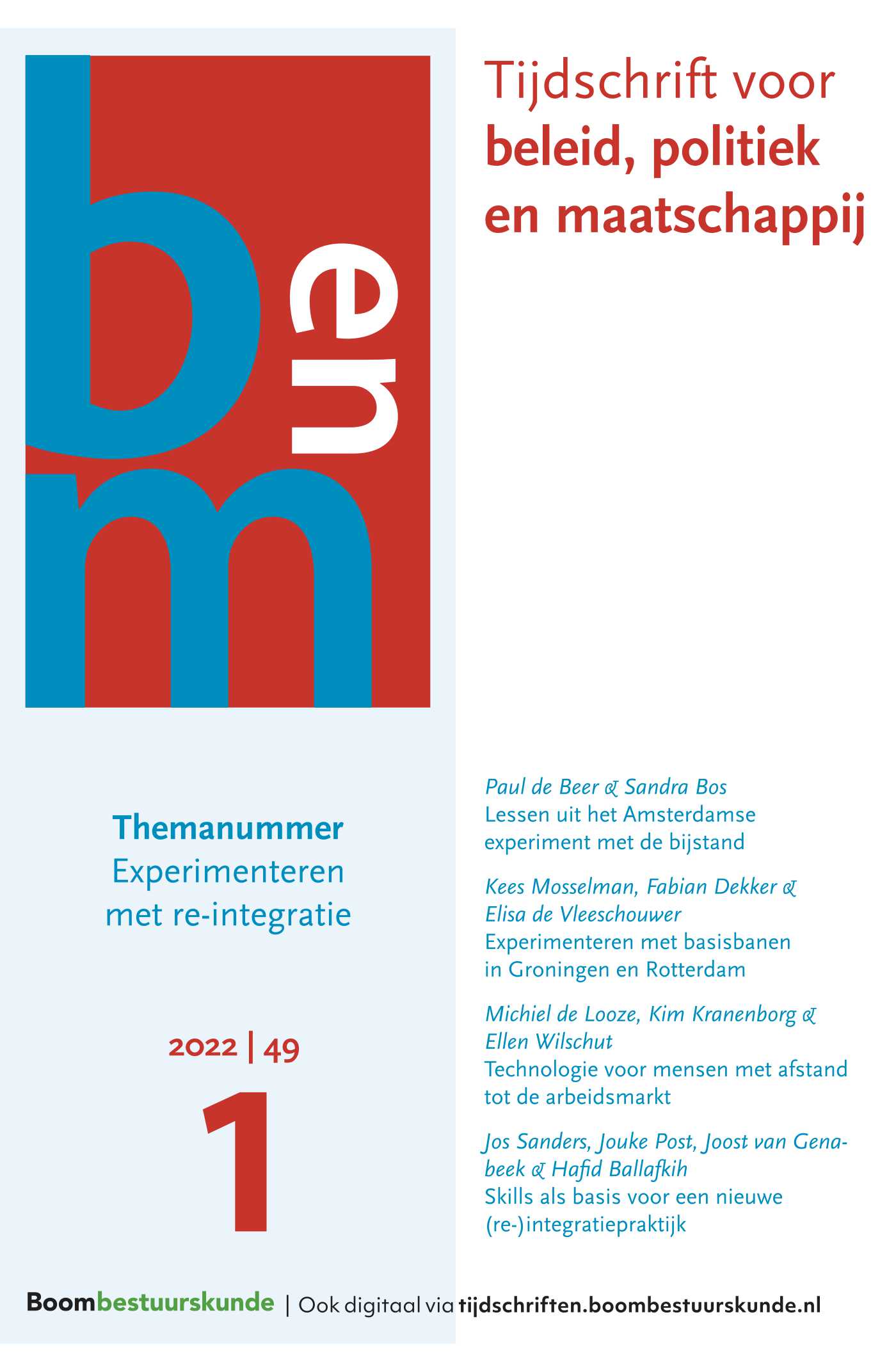|
Blokland and Soenen use ethnographic research of tramcars in Antwerp to discuss how incidental contacts in public transport relate to safety and trust in the public space. They argue that anonymity, although often blamed, is not the culprit. Blaming certain categorically labeled groups as 'problematic' is not a fruitful approach either. Through an analysis of social realms (public, private and parochial, as in Lofland) that customers create in interaction with each other, the authors show that public transport incorporates potentials both for 'thin community' and for conflict and anxiety. Whether people experience one or the other depends on the social trust. The key to understand how such trust can grow and decrease cannot be found in crime statistics, individual attitudes or categories of 'problematic groups', but in the constructions of the social realms through which people opt out of the public realm or, in groups, appropriate the public space at the expense of others. Describing the various services of 'Lijnspotters', drivers and controllers, the authors discuss what types of social control in public transport is most likely to enhance social trust. |


Beleid en Maatschappij
Over dit tijdschriftMeld u zich hier aan voor de attendering op dit tijdschrift zodat u direct een mail ontvangt als er een nieuw digitaal nummer is verschenen en u de artikelen online kunt lezen.
| Artikel |
Sociale onveiligheid als maatschappelijk probleem: inleiding |
| Auteurs | Talja Blokland |
| SamenvattingAuteursinformatie |
|
This article discusses the changes in the safety policy in the Netherlands over about the last fifteen years. These changes are analysed as reactions to the problems that the police and other criminal justice agencies face and which result from the shift from a modern to a late modern society. Five main changes are distinguished: in the organisational and managerial arrangements of the police; in the relation between the state (police) and other (both public and private) agencies; the rise of extra-judicial instruments and the growing attention for the position of victims; the increasing use of technological instruments for surveillance and crime prevention; and a harsher and more punitive policy. These changes create new fundamental questions for a future safety policy. |
| Artikel |
Stedelijke context en onveiligheid: gelegenheid en criminaliteit |
| Auteurs | Sako Musterd, Wim Ostendorf en Rinus Deurloo |
| SamenvattingAuteursinformatie |
|
It is generally assumed that unsafety is typically urban, as the urban environment offers opportunities for criminality and contains in addition a lot of illegality and marginality. However, empirically grounded understanding of the relation between criminality and the social and physical characteristics of the urban environment is limited. Therefore this contribution explores the (spatial) connection between the social and physical environment and different forms of criminality. In this respect some common assumptions exist, such as the idea that the residential composition of neighbourhoods is strongly related to criminality; especially when residents are poor or immigrants. In addition, anonymous and massive urban environments would ask for criminality due to a lack of social control. Far less often does one point to the relation between criminality and the presence of a visiting population, as in city centres. Our analysis supports this relation: criminality in cities is connected with the opportunities offered in city centres. This insight is important for the organisation of police work. |
| Artikel |
Veilig met de tram: Een etnografisch perspectief op veiligheid in het openbaar vervoer |
| Auteurs | Talja Blokland en Ruth Soenen |
| SamenvattingAuteursinformatie |
|
|
| Artikel |
Opgroeiende jongeren en veiligheid in stad en land: de zorgen van ouders ontrafeld |
| Auteurs | Renske Emmelkamp |
| SamenvattingAuteursinformatie |
|
Parents are worried about the safety of their youngsters in public space, although they do not define all public space as dangerous for their children. This article discusses empirical research of the views of parents of fourteen and fifteen year olds on the safety in different environments. Parents in cities, suburbia and the countryside in the Dutch province of Groningen all worry about the safety of their children. Nevertheless, differences exist in the ways in which they reproduce images of 'the city as a jungle' and the 'rural idyll.' These dominant images influence the parental concerns and the way parents protect their youngsters. At the same time, parents hold alternative and sometimes contradictory views about the appropriateness of their residential environment. Furthermore, parents' opinions on safety are not exclusively based on the places their children visit. Besides local experiences, national and international news frame the parents' views. This is of considerable importance for local safety policies. |
